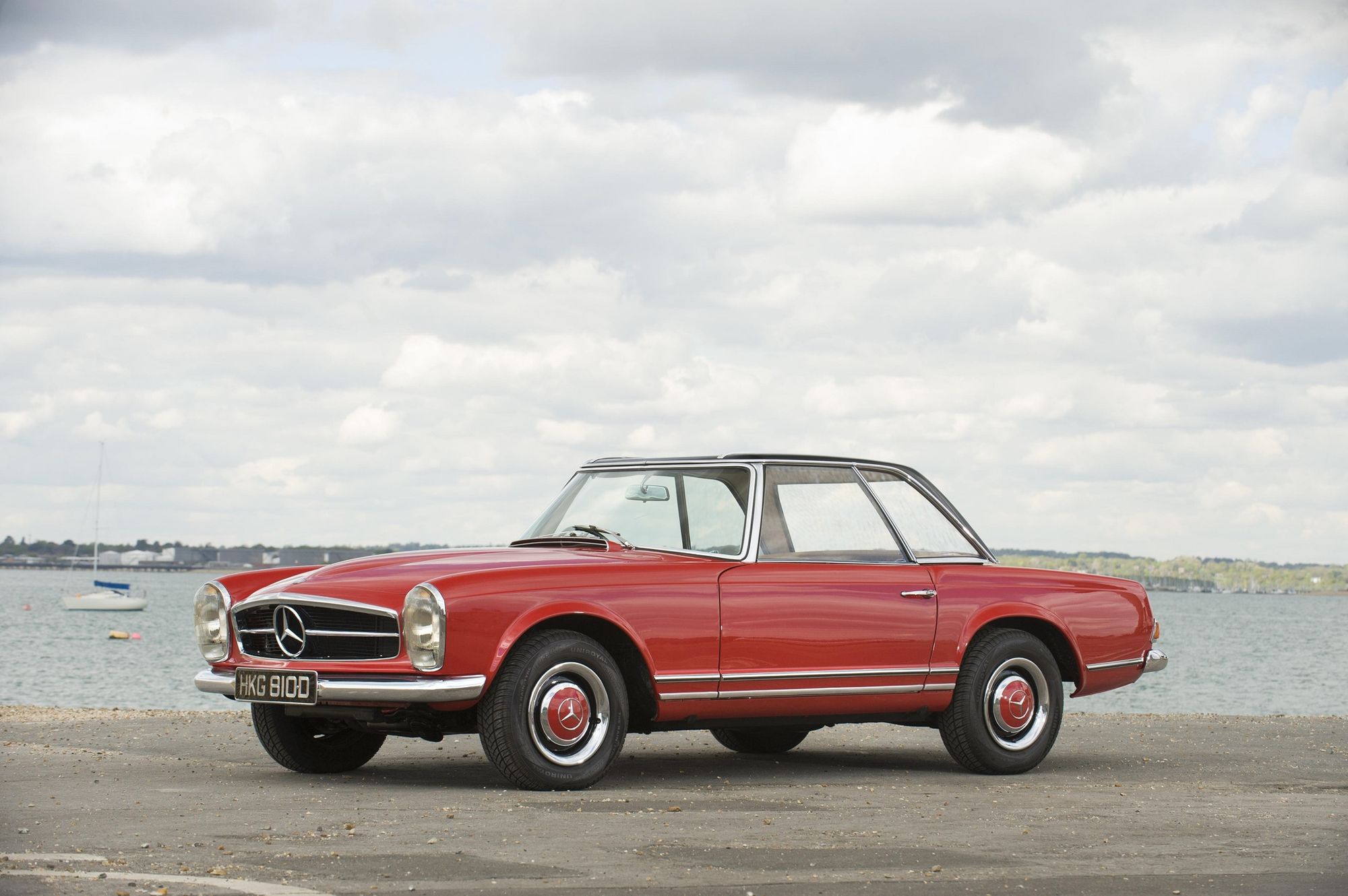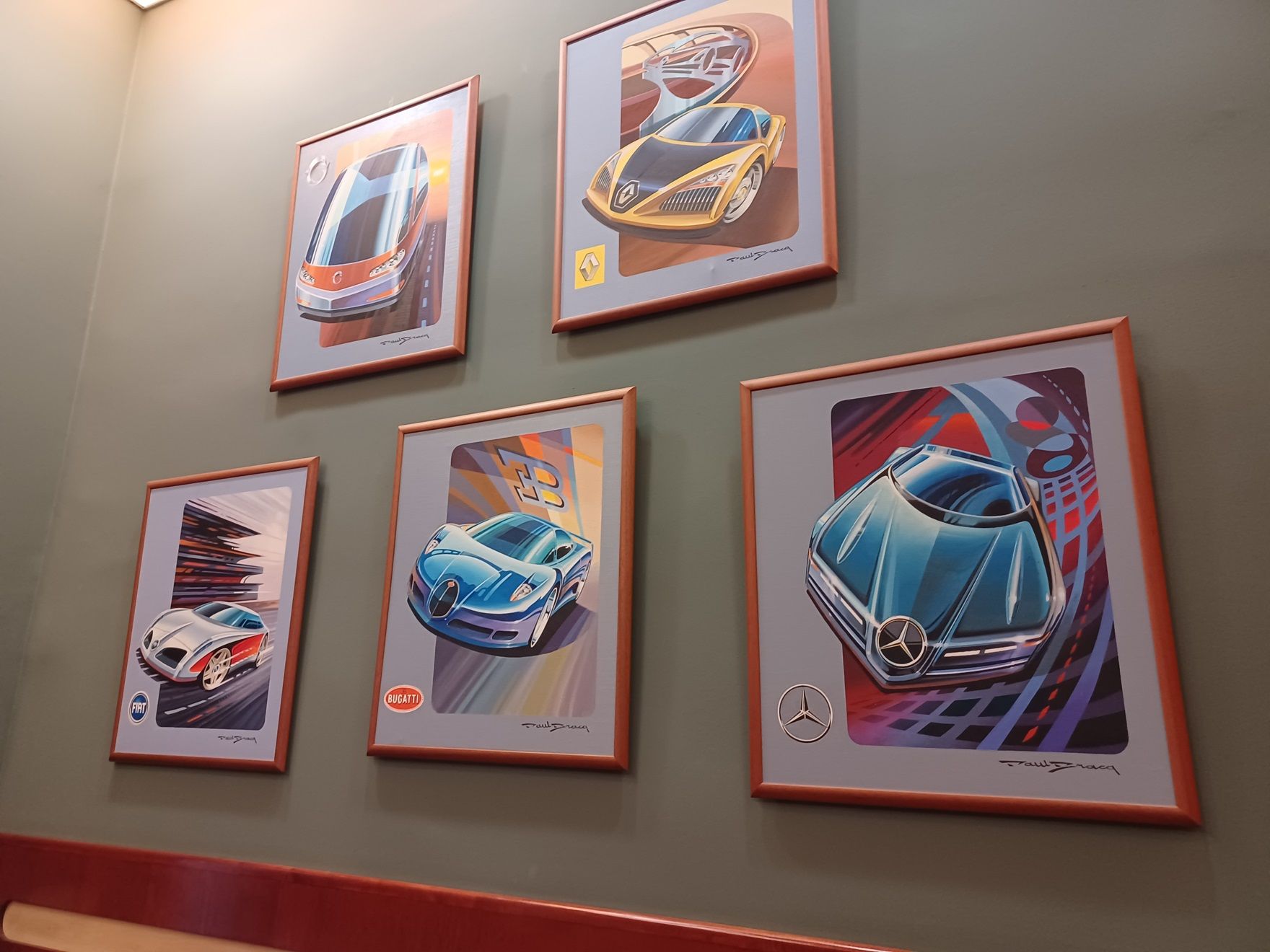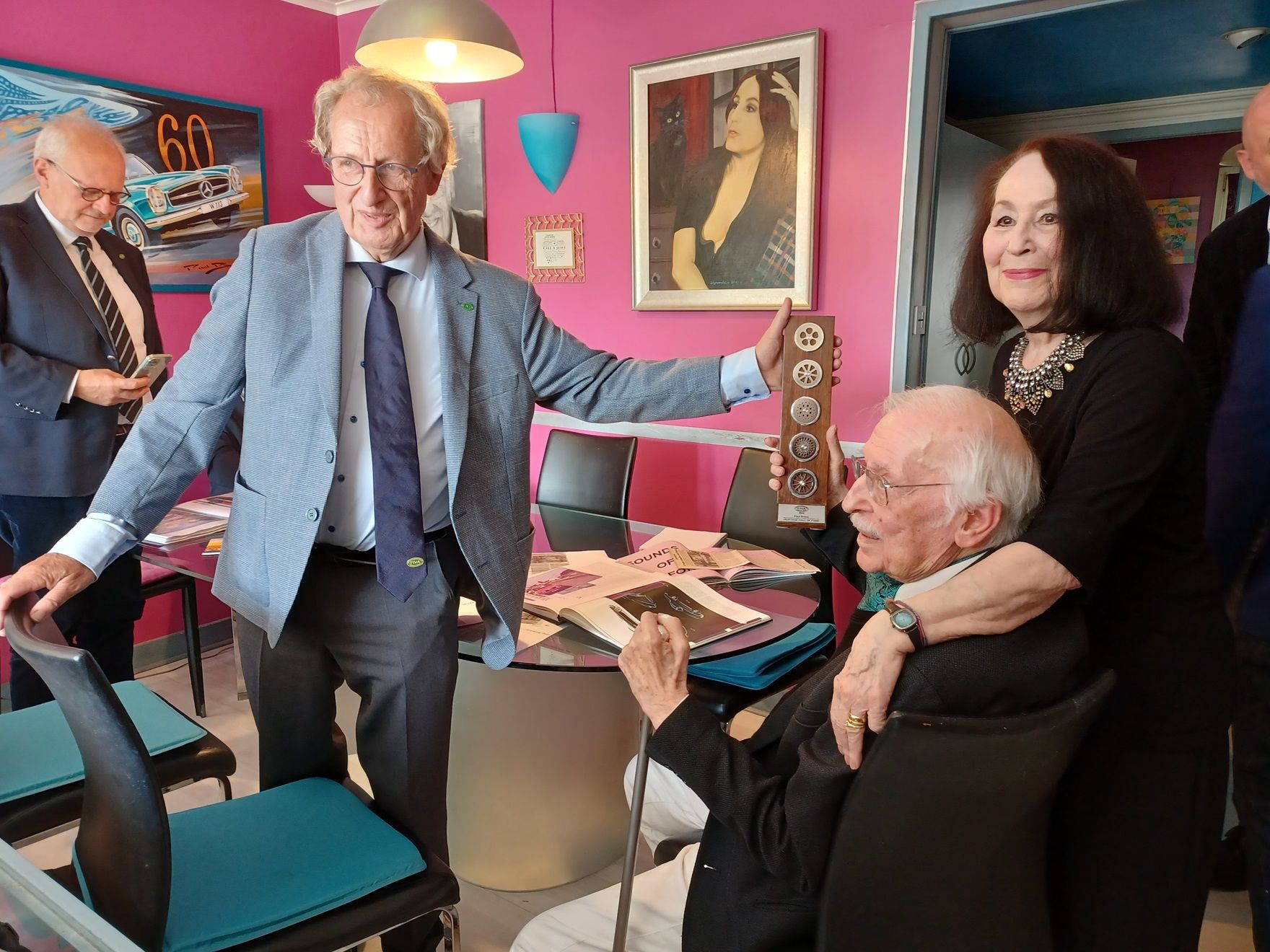Paul Bracq: The Last of the Design Legends
Images: Gautam Sen, BMW, Mercedes-Benz
Born on 13 December, 1933, in the beautiful city of Bordeaux, in France, Paul Bracq is one of the world’s most famous automotive designers and artists. With stints at Citroën, Mercedes-Benz, BMW and Peugeot, Bracq has worked with the most prominent of carmakers. Among Bracq’s most significant designs is a vehicle considered to be among the finest ever built, the Mercedes-Benz 600 Pullman, one of which had been the Indian president’s official car for decades.

Launched in 1963, the 5.54-metre-long 600 was the car for presidents, kings, dictators and extremely wealthy people for the best part of two decades. Though just 2,618 of the 600s were made over the 18 years that the model was in production, most remain on the roads, looking as elegant as ever. The credit for the timelessness of the design goes to Bracq.

The other car that Bracq is famous for is the Mercedes-Benz 230 SL (W113), which later evolved into the 250SL and then the 280SL. A two-seat roadster/coupé, produced from 1963 to 1971 and introduced at the 1963 Geneva Motor Show, the 230SL replaced both the 300 SL and the 190 SL models, and became famous as the ‘Pagoda’ due to its slightly concave hardtop design, created by designers Béla Barényi and Paul Bracq.

Beginning with an apprenticeship with Citroën in the early 1950s, Bracq was hired by Daimler-Benz to head their Advanced Design studios in Sindelfingen in 1957. It was here that Bracq was entrusted with the design of the most expensive and complex Mercedes-Benz automobile to date, the 600. This was followed by the designs of the 230SL ‘Pagoda’, the 220S Coupé, the W108 series of cars, which were the S-Classes of the 1960s and eventually the W114/115, the elegant vertical-head-lamped mid-sizer from the Swabian carmaker.

Upon his return to France in 1967, Bracq worked for design studio Brissonau & Lotz, where he was responsible for the design of the interiors of the TGV high-speed train, the French answer to the Japanese ‘Bullet’ train. Bracq also worked on two design proposals, both coupés, one for BMW, based on the 1600TI, the other for Simca, the French carmaker.

In 1970, Bracq went back to Germany as the design director of BMW. At BMW he was responsible for some of that firm’s most important automobiles of the period: the first generation 3 Series, the first generation 7 Series and the 6 Series coupé. His 1973 BMW Turbo concept car won the ‘Concept Car of the Year’ award from Swiss automobile magazine Revue Automobile Suisse.

After four years with BMW, Bracq returned to France to join Peugeot in 1974. At Peugeot, he oversaw interior design – a post that he retained till 1996 – being responsible for the interiors of a whole host of Peugeots including the 305, the 505, the 205, the 405, the 106, the 406 and the 206.

More than his automotive designs, Bracq is even better known for his artistic works which have been displayed in art museums all over the world: New York, Dallas, Pebble Beach, Reno, Helsinki, Turin, Munich, Stuttgart, Molsheim, Wiesbaden and Paris. Bracq’s prolific career as an illustrator, painter and sculptor continues – through hundreds of works, he has expressed his passion as well as his culture, in the world of automobiles.
Bracq has also served as a judge at automotive concours d’elegance events, including Pebble Beach, Bagatelle (Paris), Monte Carlo and Brussels. Still active, even in retirement, Bracq recently redrew the plans of the Bugatti Royale Roadster Esders, the 1938 Bugatti Atlantic and the 1938 Horch using black and white photographs from the 1930s.




For a lifetime of great designs Paul Bracq was inducted into FIVA's Heritage Hall of Fame on 24 September 2024 at his residence in Bordeaux with the French historic vehicle fedartion FFVE's President Jean-Louis Blanc, Patrick Rollet and Serge Bongiovanni, author Jean-Luc Fournier and from FIVA, President Tiddo Bresters, and Vice Presidents Laurent Hériou and yours truly, attending the ceremony and doing the honours.
This was the third time that I had visited the charming couple (Sigrun-Alice and Paul Bracq) at their residence, which is full of delightful paintings and automobilia, related to Bracq’s work over the decades. And as always it was a most fascinating afternoon.
Comments
Sign in or become a deRivaz & Ives member to join the conversation.
Just enter your email below to get a log in link.
